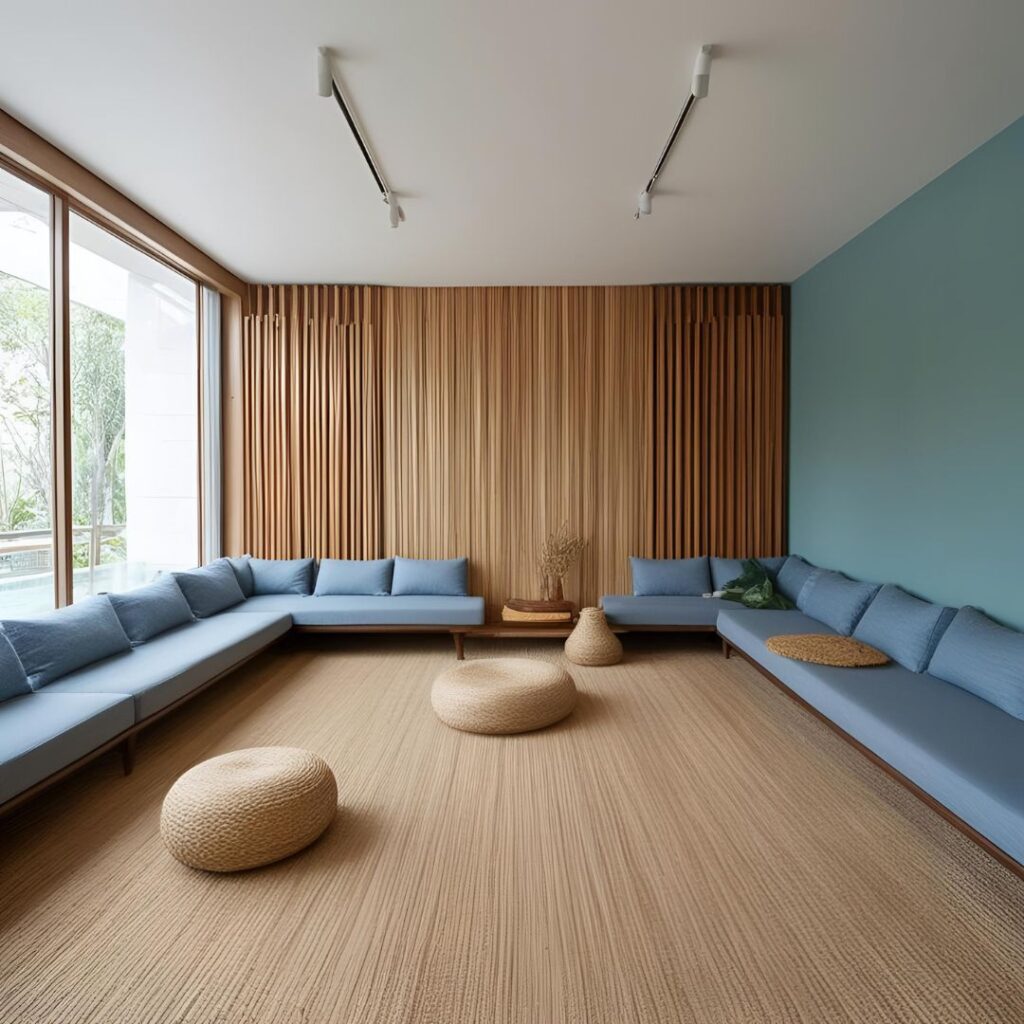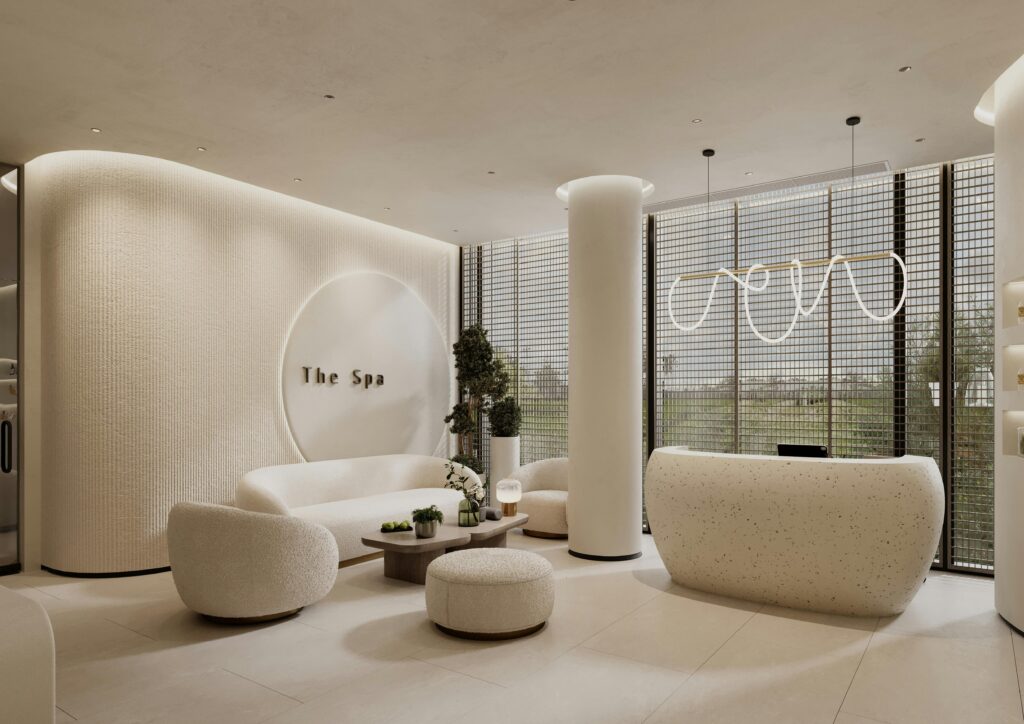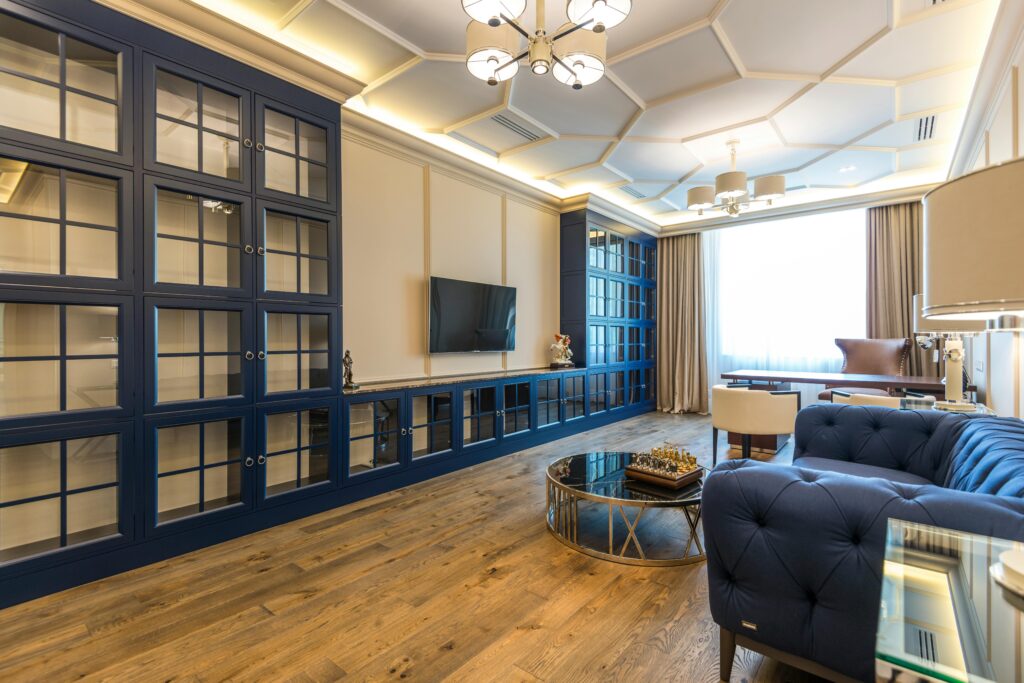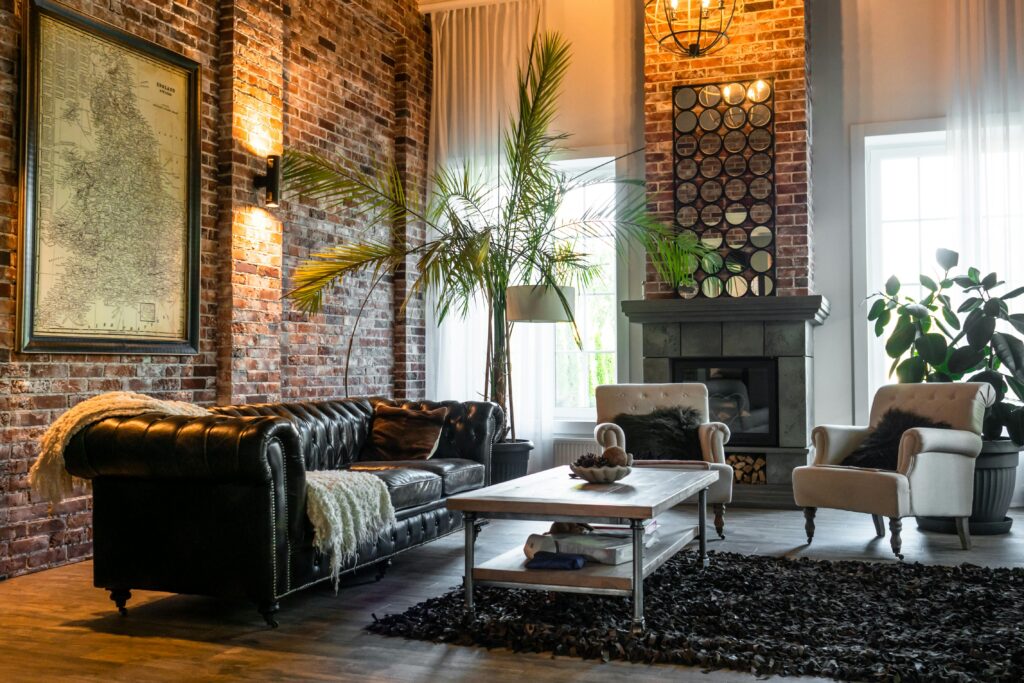Multifunctional Spaces: The Future of Flexible, Nature-Inspired Living
Modern life demands adaptability—our homes must now serve as offices, gyms, classrooms, and sanctuaries. Multifunctional spaces blend smart design with biophilic principles to create harmonious environments that transform effortlessly while maintaining a deep connection to nature. Why Multifunctional Spaces? ✔ Maximizes Small Footprints – Essential for urban living and tiny homes✔ Supports Changing Needs – Adapts to work, leisure, and family life✔ Reduces Clutter – Built-in storage and convertible pieces minimize chaos✔ Enhances Well-Being – Natural materials and greenery lower stress in high-use areas 5 Key Elements of Multifunctional Design 1. Transformative Furniture Pro Tip: Choose warm wood tones and organic upholstery (linen, hemp) to maintain biophilic harmony. 2. Zone Definition Without Walls Create invisible boundaries using: Example: A living room can become a home office by simply rotating a desk toward a room divider. 3. Vertical Space Optimization 4. Nature-Integrated Flexibility Space Day Use Night Use Biophilic Touch Living Room Home Office Entertainment Zone Wooden desk + snake plant Bedroom Yoga Studio Sleeping Sanctuary Cork flooring + linen drapes Kitchen Island Meal Prep Workspace Herb garden + stone counter 5. Smart Storage Solutions Room-by-Room Multifunctional Magic 🛋️ Living Room → Office → Guest Room 🍽️ Dining Area → Workspace → Craft Zone 🛏️ Bedroom → Home Gym → Meditation Space Biophilic Touches for Seamless Transitions The Psychology Behind Multifunctional Design Final Tip: The 3-2-1 Rule For balanced multifunctional spaces:3 primary uses per room2 hidden storage solutions per zone1 standout biophilic focal point (e.g., a statement plant or water feature) Need help designing your adaptable oasis? Share your square footage and must-have functions!
Multifunctional Spaces: The Future of Flexible, Nature-Inspired Living Read More »







